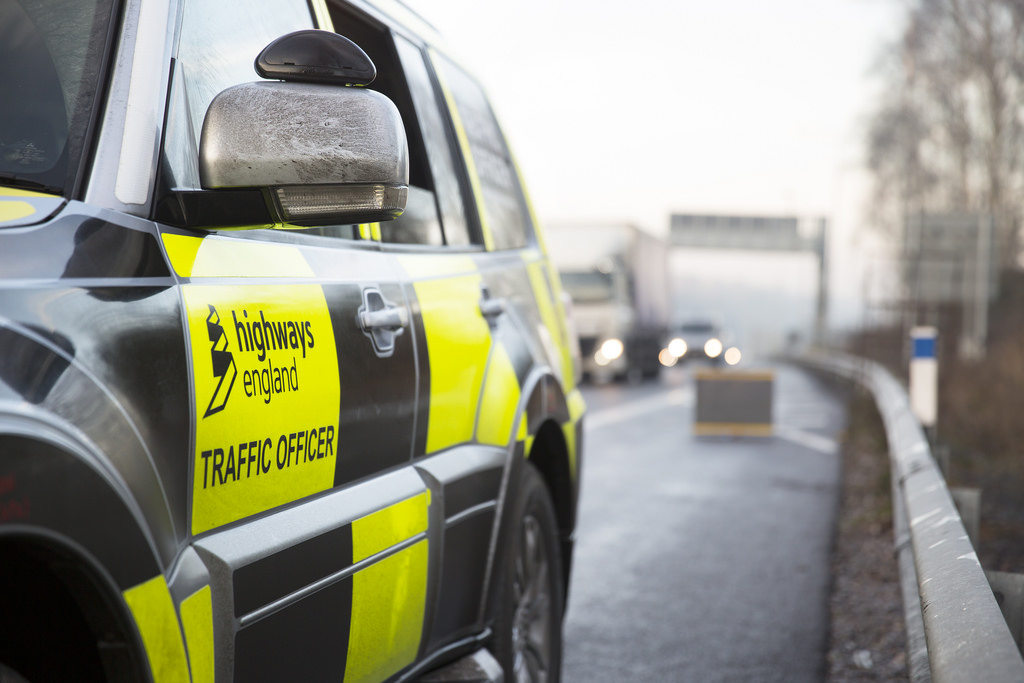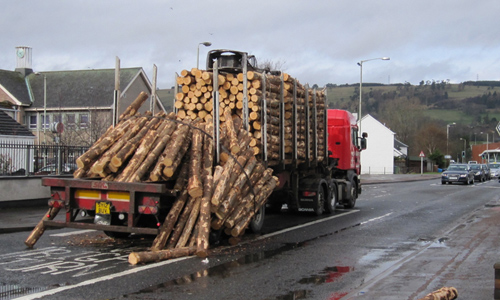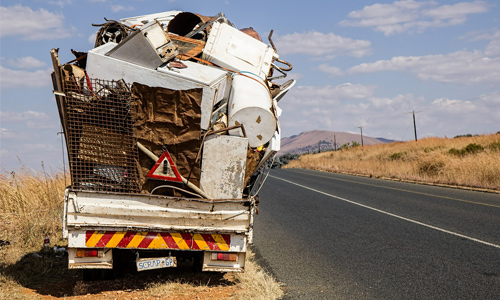How your Business can Avoid Overload Prohibition Notices and Fines
-
 By
Solent Scales
By
Solent Scales
- 1 Oct 2021
- 0 Comments

If your business uses vehicles on the road for commercial purposes, then it’s your business’s responsibility to ensure that the vehicles remain complaint. There are a number of ways that a business can fail to comply with government and DVSA regulations, but the most common and notable is vehicle overload.
If your commercial vehicle becomes subject to a compulsory roadside check by the police or DVSA and fails to comply with vehicle load regulations, it will be issued with an Overload Prohibition Notice. The vehicle will most likely be immobilised on the spot, until the load can be redistributed and a fixed penalties issued. Fines can reach up to £5,000 for each offence of exceeding an individual axle weight or gross vehicle weight. You don’t need us to tell you the amount of damage that this can do to a business.
So what can a business do to ensure that they don’t get issued with an overload prohibition notice (TE160P)? How can you ensure that every time a vehicle leaves the business it’s entirely compliant?
It’s the driver’s responsibility as much as the company’s
Many drivers think it’s the business’s responsibility to not overload the vehicle, so ensure that they understand where the responsibility lies. Drivers need to ensure that the vehicle is safe for the road and should conduct a “walk around test” before driving the vehicle, this should include checking that the vehicle’s load is safe and compliant.
However, the driver is also responsible for reporting in writing any defects (including overload) to the organisation. It is then the business’s responsibility to ensure that non-roadworthy vehicles are taken out of service.
Both driver and company are responsible for ensuring that the non-roadworthy vehicle is not used on the road until it is safe to do so.
Invest in checks
If you’ve been “eyeballing” the vehicle’s load every time it leaves the facility, your company is going to make a mistake sooner or later.
In the event that your company’s vehicle is issued a TE160P (vehicle overload prohibition notice), the vehicle will not be permitted to move until the excess weight has been removed. Once removed, you must seek authority to continue with the journey and you must also arrange for transport for the “removed” weight.
Taking into account the cost of this and including the cost of potential fines (£5,000), it makes sense to spend a fraction of this on technology to avoid the fines.
Our axle weigh pad technology gives businesses weighbridge functionality, but is a fraction of the size and cost. Small, portable and durable pads placed at each corner of the vehicle will tell you the exact weight of the vehicle. Our axle weigh pads are used by VOSA themselves to check your vehicles, allowing you to ensure compliance too.
With little training, our thin axle pads can travel with the vehicle, ensuring compliance after picking up loads, without having to risk a fine or rely on unknown weighbridges.









